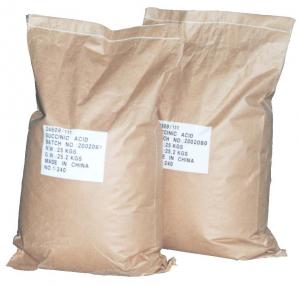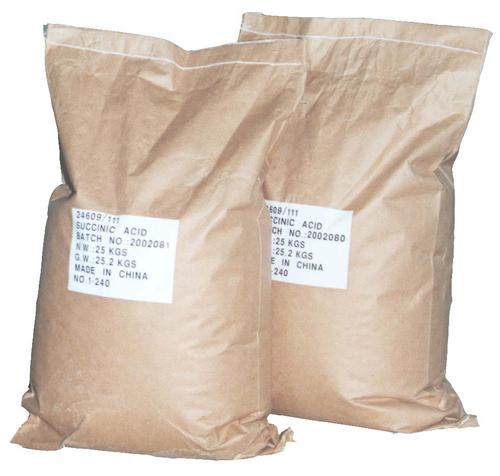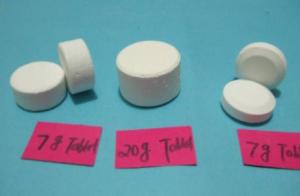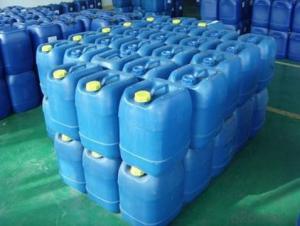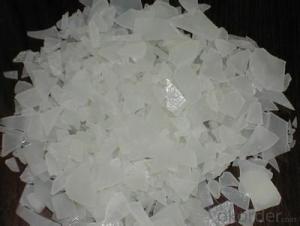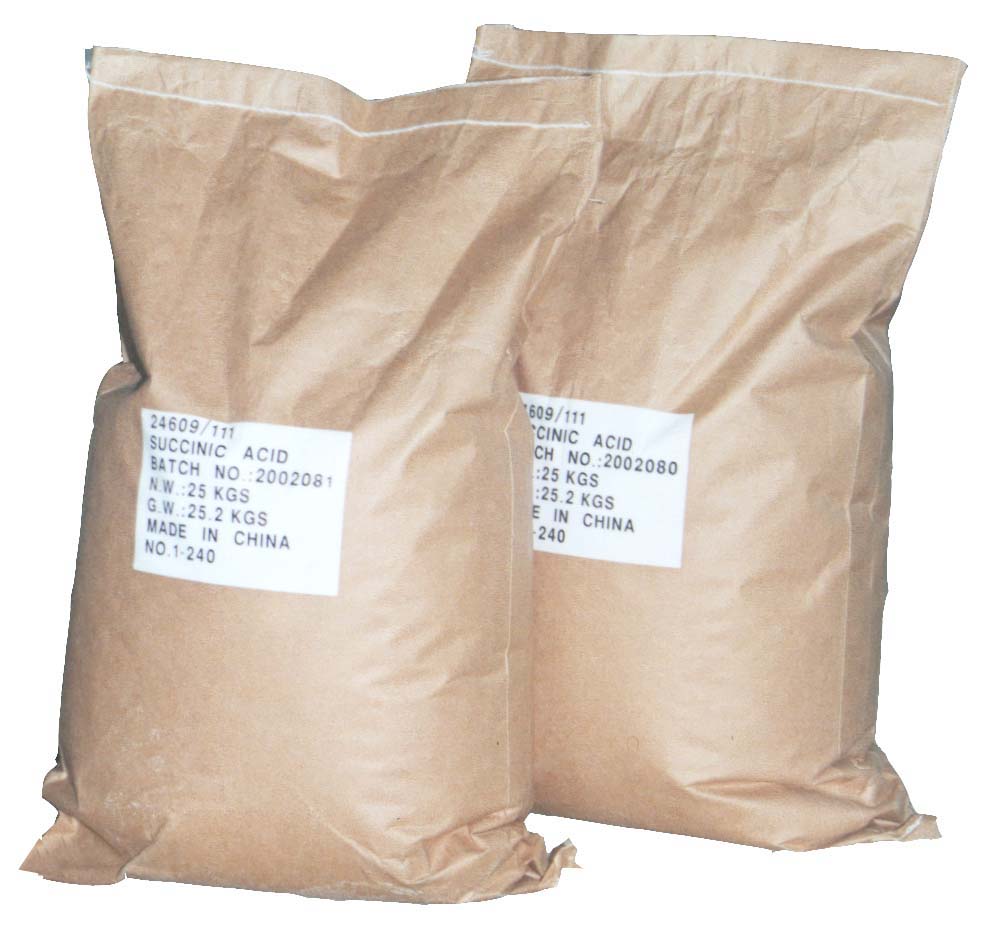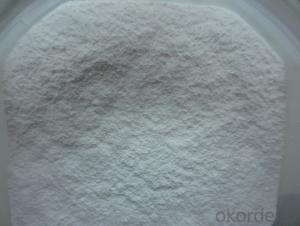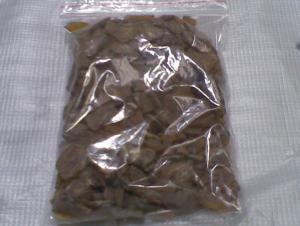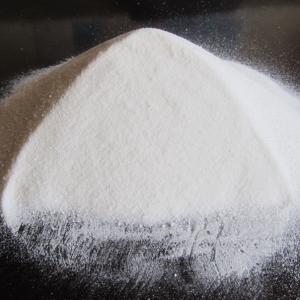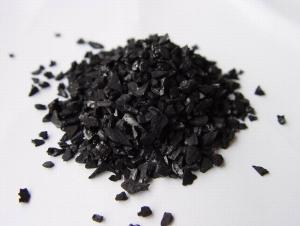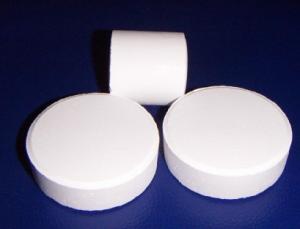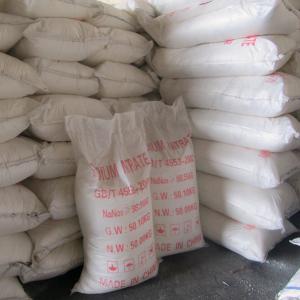CAS No.: 110-15-6
Other Names: Succinic acid
MF: C4H6O4
EINECS No.: 203-740-4
FEMA No.: N/A
Fusing point:: 181℃Type: Thickeners,
Other
Boiling point: 235℃Relative density: 1.57
Specifications
Succinic acid1.CAS NO:110-15-6
2.Prompt shipment
3.High quality& competive price
4.Best service
Basic Information:
Product Name: | Succinic Acid |
Synonyms: | Butane diacid; Butanedioic acid; amber acid; |
CAS RN.: | 110-15-6 |
EINECS: | 203-740-4 |
Molecular Weight: | 118.08924 |
Molecular Formula: | C4H6O4 |
Melting Point(°C): | 185-190°C |
Boiling Point(°C): | 236.1°C at 760 mmHg |
Flash Point(°C): | 110.9°C |
Water Solubility: | 80 g/L (20°C) |
Use: as alanytical reagent; in electroplating; in manufacturing drug, dye, fragrance, plastic, resin, etc.
1.Butanedioic acid is used in Flavors&Essences for food and beverage.
2. Succinic Acid also used in Producing five heterocyclic compounds, Intermediate for dyes, perfumes, lacquers, photographic chemicals, alkyd resins, plasticizer, Metal treatment chemical, vehicle water cooling systems and coatings.
3.It is also used for pharmaceutical industry.
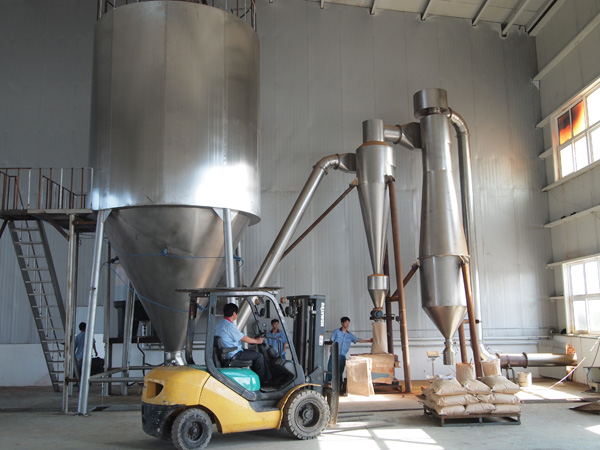
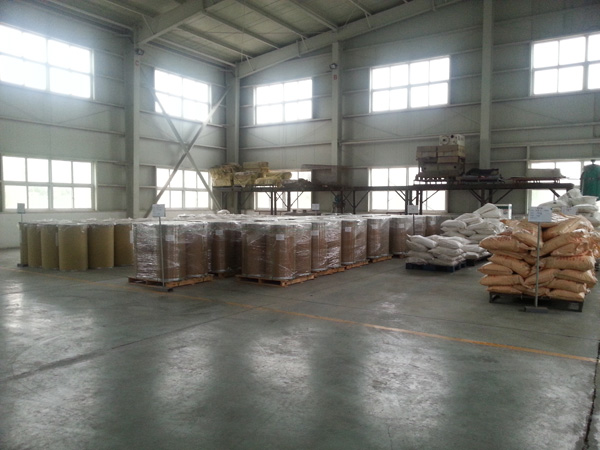
Packaging & Storage:. is packed in 25kgs per bag or required by customer ,Store in a cool dry place.
